One of the most important tasks for the mediator is to be able to structure sessions with the
parties in a way that creates balance and allows for sufficient flow between the parties with mediator
participation. To do this, we often begin sessions with an agreement between the parties and mediator
about a list of the tasks that will need to be accomplished in the session. Especially in a mediation that
requires multiple sessions, there are sometimes time sensitive issues that need to be addressed in a
particular session, although there can be a danger that the focus of each session is to just make
agreements to get to the next session and not make progress towards the overall decisions need to
make. So this is a tension that the mediator needs to learn how to manage.
With this as the backdrop, we have noticed that with a significant number of parties, as a
mediation session draws to a close, one or the other or both become aware of an issue that needs to be
addressed even though there will not be adequate time to address it. Or one party has been waiting,
not necessarily intentionally, for the time to say something to the other which might be incendiary to
the other and there won’t be sufficient time for the mediator or other party to adequately address it.
Or a party raises an issue sometimes intentionally knowing there is insufficient time to fully address to
gain a strategic advantage over the other. Even with the effort on the part of the mediator to clarify and
reach agreement at the beginning of the meeting regarding all of the topics that will be addressed, this
dynamic may recur. So what to do?
First, we can see if this topic can be tabled to another session when there will be more time to
adequately discuss it. If not, our principle of proceeding by agreement would call for us to see if we can
reach an agreement with the parties to add another topic knowing that at best, there can only be a
partial discussion. Third, there could be an agreement to continue the dialogue beyond the session
either in writing or by telephone if there is such time urgency that it can’t wait for another session.
There is however, another dimension to it all and that is, that there is often a fear on the part of
a party to fully discuss a particularly difficult or sensitive issue and that is the reason why the issue is
only raised when the person knows there will not be adequate time to discuss it. This calls upon the
mediator to be sensitive to this possible dynamic and be able to have a conversation with the parties
where this dynamic is directly discussed. This is especially important if this pattern is recurring because
it could be an indication that there is a more fundamental dynamic that needs to be changed for the
parties to feel if they are working together effectively with the mediator.
The mediator often needs to include an observation on their own participation in the dynamic.
For example, it could be that the mediator chooses to run overtime with the parties and is not willing to
set clear boundaries for the parties. It could be that this dynamic takes the parties beyond the point of
being able to work productively with each other because they are so tired. And if it becomes a pattern,
it can mislead the parties into believing that there really is more time available than three minutes.
Often, when this dynamic occurs under the pressure of time, people can feel pushed into
making agreements that they will regret later, which creates the illusion of progress when the
agreement can easily become unraveled when the parties have the opportunity to really reflect on what
they have done. So again it is critical for the mediator not to judge the success of the mediation by
whether the parties are reaching agreements, but to see whether the agreements are solid, understood
by the parties, and makes sense to the mediator.
